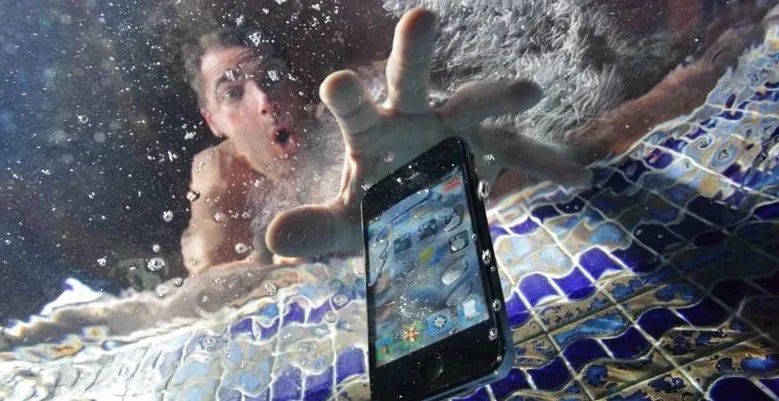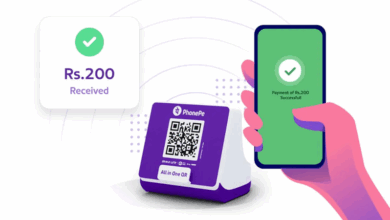What to Do When Your Smartphone Gets Wet: Essential Tips and Mistakes to Avoid

News Mania Desk/ Agnibeena Ghosh/5th July 2024
Accidentally exposing your smartphone to water can be a nerve-wracking experience for anyone. Whether it’s a quick splash, a sudden downpour, or a full immersion, water and electronics don’t mix well. While many modern smartphones come with water resistance ratings like IP68 or IP69, it’s crucial to understand that no device is completely “waterproof”.
When faced with a wet smartphone, it’s important to avoid common mistakes that could worsen the damage. Here’s a guide on what not to do when your smartphone gets wet to help you navigate this stressful situation calmly and effectively.
Firstly, resist the urge to turn on your wet smartphone. This is crucial as powering it on can cause a short circuit and irreparable damage to the internal components. Patience is key here; allow the device to thoroughly dry before attempting to check its functionality.
Similarly, avoid plugging in your wet smartphone to charge it. Introducing electrical current to a wet device significantly increases the risk of short-circuiting. Wait until you’re certain the smartphone is completely dry before connecting it to a charger.
Shaking your smartphone to remove water droplets might seem intuitive, but it can actually spread moisture to other internal parts, potentially causing more harm. Instead, gently dab the exterior with a soft, absorbent cloth to remove excess water.
Using heat sources like hairdryers, ovens, or microwaves to dry your smartphone is another common mistake. High heat can damage the delicate electronics inside your device. Opt for air drying in a well-ventilated room instead.
Blowing into your smartphone to remove water should also be avoided, as it can push moisture deeper into the device. Additionally, blowing air from your breath may introduce more moisture inadvertently.
Contrary to popular belief, using rice as a drying agent is not the most effective method. Rice particles can get lodged in ports and may not thoroughly absorb moisture. Instead, use silica gel packets or a desiccant designed for electronics, which are more efficient at drying out devices.
Attempting to dismantle your smartphone to dry it out is risky and can void warranties. Leave this task to professionals who have the expertise and proper tools to handle such repairs.
Even if your smartphone appears to be functioning after a brief drying period, hidden moisture can still cause internal damage over time. It’s best to let your device dry for at least 24 to 48 hours before attempting to power it on again.
If you’re unsure about the extent of the water damage, seeking professional help from a reputable phone repair service is advisable. These professionals can diagnose the issue accurately and provide appropriate repairs.
By avoiding these common mistakes and following these tips, you can maximize the chances of saving your smartphone from water damage. Remember to stay calm, act thoughtfully, and prioritize thorough drying to safeguard your device and potentially avoid costly repairs or replacements.
Accidents happen, but with the right approach, you can mitigate the damage and ensure your smartphone continues to serve you well.






